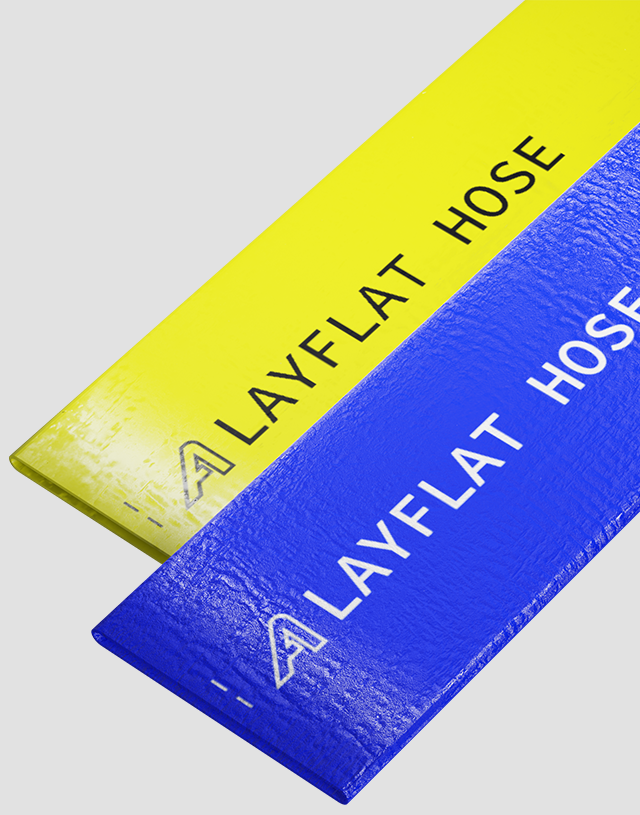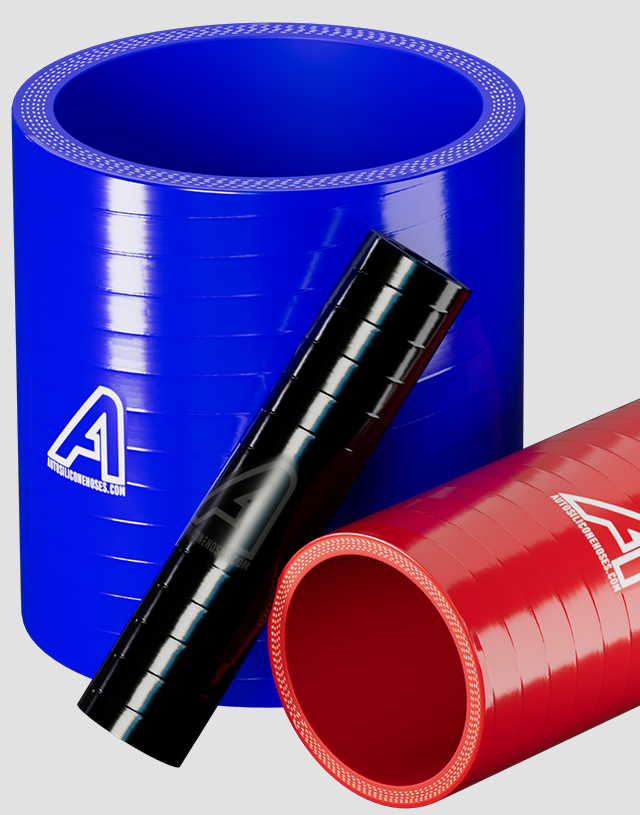Silicone Vacuum Hose (VMQ) delivers stable, heat‑resistant performance for vacuum, breather and signal lines across automotive, pneumatic and general industrial applications. Manufactured from VMQ silicone rubber with an inner and outer silicone layer and no reinforcement, this flexible vacuum tubing maintains elasticity and dimensional stability from -60°C to +180°C with short peaks to +200°C. As a polyester‑free, non‑reinforced silicone vacuum tube designed to SAE J20 R3 requirements, the product suits under‑bonnet vacuum routing, boost control reference lines, emissions management, laboratory set‑ups and light‑duty fluid transfer where minimal pressure is present. Available in compact sizes from 2 mm to 10 mm internal diameter with wall options typically 1–3 mm, silicone vacuum line tubing bends easily around tight radii for clean installations while resisting hardening and cracking over time. Supplied in economical 30 m coils for production use, VMQ silicone vacuum hose supports reliable medium‑temperature service, ozone and weathering resistance, and fast assembly in maintenance environments. Alternative descriptions: silicone vacuum tubing, VMQ silicone vacuum line, SAE J20 R3 silicone tube, non‑reinforced silicone pneumatic tubing.
Key Features:
Material: VMQ silicone inner and outer layers (non‑reinforced).
Standard: SAE J20 R3 compliance for non‑reinforced silicone tubing.
Operating Temperature: -60°C to +180°C (short peaks to +200°C).
Internal Diameter Range: 2 mm to 10 mm (size‑dependent wall 1–3 mm).
Reinforcement: None — designed specifically for vacuum and low‑pressure signal lines.
Working/Burst Pressure: Not rated for positive pressure; vacuum service only.
Supply Format: 30 m coils for efficient workshop and production use.
Built entirely from VMQ silicone rubber, silicone vacuum tubing combines thermal stability with excellent flexibility for dependable routing in compact assemblies. The non‑reinforced construction minimises weight and allows tight bend radii without kinking in correctly sized runs, making the tubing ideal for manifold vacuum, boost reference, bypass control and other pneumatic signal duties. VMQ’s inherent resistance to heat, ozone and weathering supports long service life in engine bays and industrial environments, while the broad temperature window from -60°C to +180°C (with short peaks to +200°C) safeguards performance during cold starts and high‑load operation. As SAE J20 R3 silicone vacuum line, the tubing suits light fluid transfer where system vacuum or minimal differential pressure is present, helping maintain stable readings in sensors and actuators used across industrial applications. Smooth, compliant silicone walls make installation fast and reduce clamp stress, supporting durability and reduced maintenance in continuous‑use settings.
Typical uses for silicone vacuum hose include automotive vacuum routing, boost and MAP sensor references, EGR and emissions control lines, and pneumatic control signals in manufacturing and maintenance environments. In wider industrial fluid handling, polyester‑reinforced options carry pressure, but non‑reinforced VMQ silicone vacuum tubing addresses medium‑temperature, low‑pressure service where flexibility and heat resistance are critical. Applications span workshops, test labs, light chemical sampling (compatibility‑checked), equipment ventilation, appliance servicing, and agricultural machinery for vacuum actuation. Suitable keywords: medium‑pressure hose (selection context), polyester reinforced PVC tubing (alternative category for pressure tasks), industrial fluid handling, pneumatic control, vacuum line silicone tubing, VMQ silicone hose.


